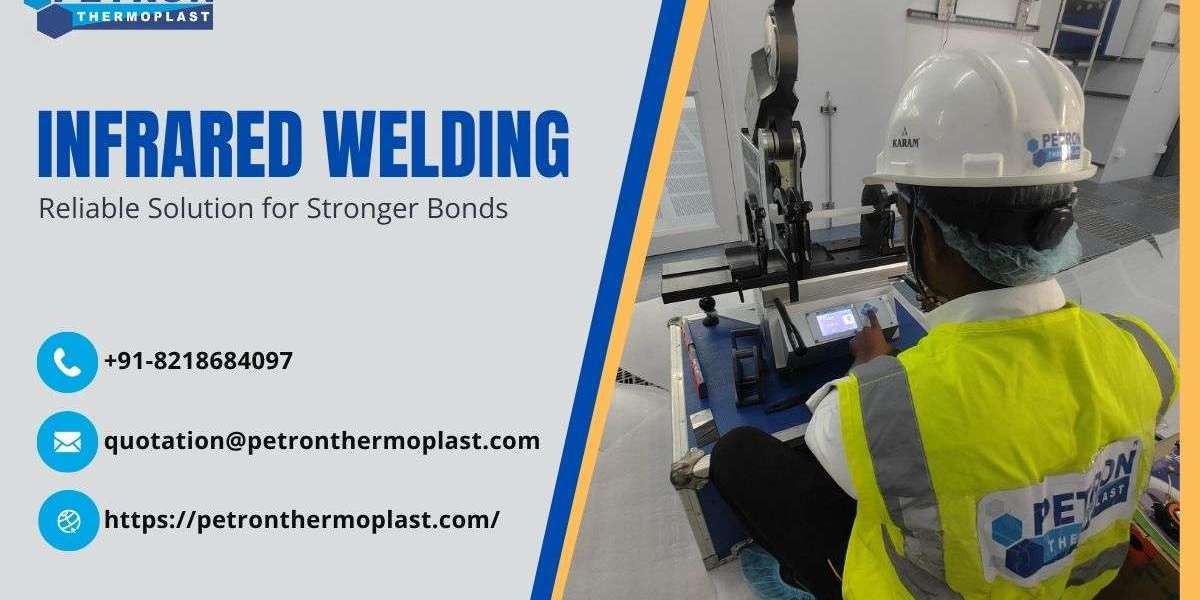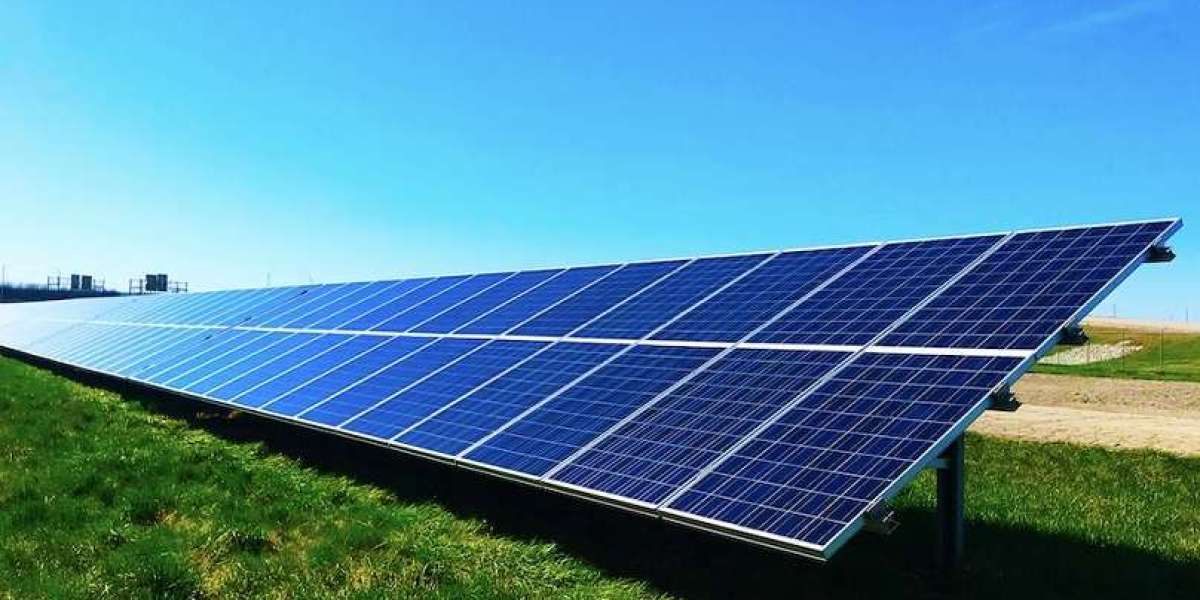In modern manufacturing, achieving precise, durable, and reliable connections between components is essential for ensuring product integrity and performance. Infrared welding has emerged as a leading technology for creating strong and efficient bonds, particularly in industries that work with thermoplastics. This advanced joining method offers numerous advantages over traditional welding techniques, making it an increasingly popular choice in sectors such as automotive, medical devices, consumer goods, and more.
What is Infrared Welding?
Infrared welding is a non-contact joining process that uses infrared radiation to heat and fuse materials, typically thermoplastics. The process involves directing controlled infrared energy onto the surfaces of the parts to be joined. Once the materials reach their melting point, the parts are pressed together, allowing the molten plastic to fuse and create a strong, seamless bond.
This method is ideal for applications requiring precision and strength, as it provides consistent results with minimal thermal distortion. Infrared welding can be used for various materials, including high-performance engineering plastics like PEEK, polycarbonate, and polypropylene.
The Infrared Welding Process
The infrared welding process can be broken down into the following steps:
- Preparation
- The parts to be welded are cleaned and positioned in a fixture designed to hold them securely during the process. Proper alignment is crucial for ensuring a strong bond.
- Heating
- Infrared radiation is directed at the joint surfaces using an infrared emitter. The heat is applied evenly, melting the material’s surface without direct contact. This eliminates the risk of contamination.
- Joining
- Once the surfaces are sufficiently melted, the parts are pressed together under controlled pressure. The molten material flows and fuses, creating a robust bond.
- Cooling
- The parts are allowed to cool under pressure, solidifying the bond. Cooling time is carefully controlled to maintain joint integrity and prevent defects.
Benefits of Infrared Welding
Infrared welding offers several advantages that make it a reliable solution for creating stronger bonds:
- Non-Contact Process
- Since the process does not involve direct contact between the heating element and the material, it minimizes the risk of contamination or damage to the parts.
- Precision and Consistency
- Infrared welding provides precise control over temperature, pressure, and timing, ensuring consistent and high-quality results.
- Strong Bonds
- The method creates seamless, homogeneous joints with mechanical strength equal to or greater than the base material.
- Versatility
- Infrared welding is suitable for a wide range of thermoplastics and complex geometries, making it adaptable to diverse applications.
- Reduced Waste
- The process generates minimal material waste, contributing to cost savings and environmental sustainability.
- Fast Cycle Times
- Infrared welding allows for rapid heating and cooling cycles, increasing production efficiency without compromising quality.
- No Consumables
- Unlike other welding methods, infrared welding does not require adhesives, solvents, or additional materials, reducing costs and simplifying the process.
Applications of Infrared Welding
Infrared welding is a versatile technique with applications in various industries:
- Automotive
- Used for assembling components such as air intake manifolds, instrument panels, and fluid reservoirs, where strength and durability are critical.
- Medical Devices
- Essential for creating sterile, high-precision bonds in devices like filters, catheters, and surgical instruments.
- Consumer Goods
- Applied in the production of durable plastic parts for electronics, appliances, and packaging.
- Water and Gas Systems
- Ensures leak-proof seals in pipelines, valves, and fittings used for transporting fluids and gases.
- Aerospace
- Suitable for lightweight, high-strength components in aircraft and spacecraft.
Infrared Welding vs. Other Welding Methods
Infrared welding stands out from other welding techniques due to its unique advantages:
- Hot Plate Welding
- While both methods use heat, infrared welding offers faster cycle times and eliminates the risk of material sticking to the heating element.
- Ultrasonic Welding
- Infrared welding is better suited for larger or more complex parts that may be challenging for ultrasonic welding to handle effectively.
- Adhesive Bonding
- Infrared welding provides stronger, more durable bonds without the need for additional materials or curing time.
Choosing the Right Infrared Welding Solution
Selecting the right equipment and parameters for infrared welding is essential for achieving optimal results. Factors to consider include:
- Material Compatibility
- Different thermoplastics require specific temperature and pressure settings. Understanding the material’s melting point and properties is critical.
- Part Design
- Components should be designed with welding in mind, including features like joint geometry and surface finish.
- Equipment Quality
- High-quality infrared welding machines with advanced controls ensure precise and repeatable results.
- Expertise and Support
- Working with a knowledgeable partner can help you optimize the process and troubleshoot any challenges.
Why Choose Petron Thermoplast for Infrared Welding?
At Petron Thermoplast, we are committed to providing advanced welding solutions tailored to your needs. Here’s why we’re a trusted partner for infrared welding:
- State-of-the-Art Technology
- Our cutting-edge infrared welding equipment ensures precision and efficiency.
- Expert Guidance
- Our team of experienced professionals works closely with clients to develop customized solutions.
- Quality Assurance
- We prioritize quality at every step, from material selection to final inspection, ensuring durable and reliable bonds.
- Diverse Applications
- We have experience serving a wide range of industries, delivering results that exceed expectations.
Conclusion
Infrared welding is a game-changing technology that offers a reliable and efficient solution for creating stronger bonds in thermoplastic materials. With its precision, versatility, and cost-effectiveness, it has become an essential tool in modern manufacturing. Whether you’re in the automotive, medical, or consumer goods industry, infrared welding can help you achieve superior results while optimizing production processes.
By partnering with a trusted provider like Petron Thermoplast, you can leverage the benefits of infrared welding to enhance your operations and deliver high-quality products. Contact us today to learn more about our infrared welding solutions and how we can support your manufacturing needs.








